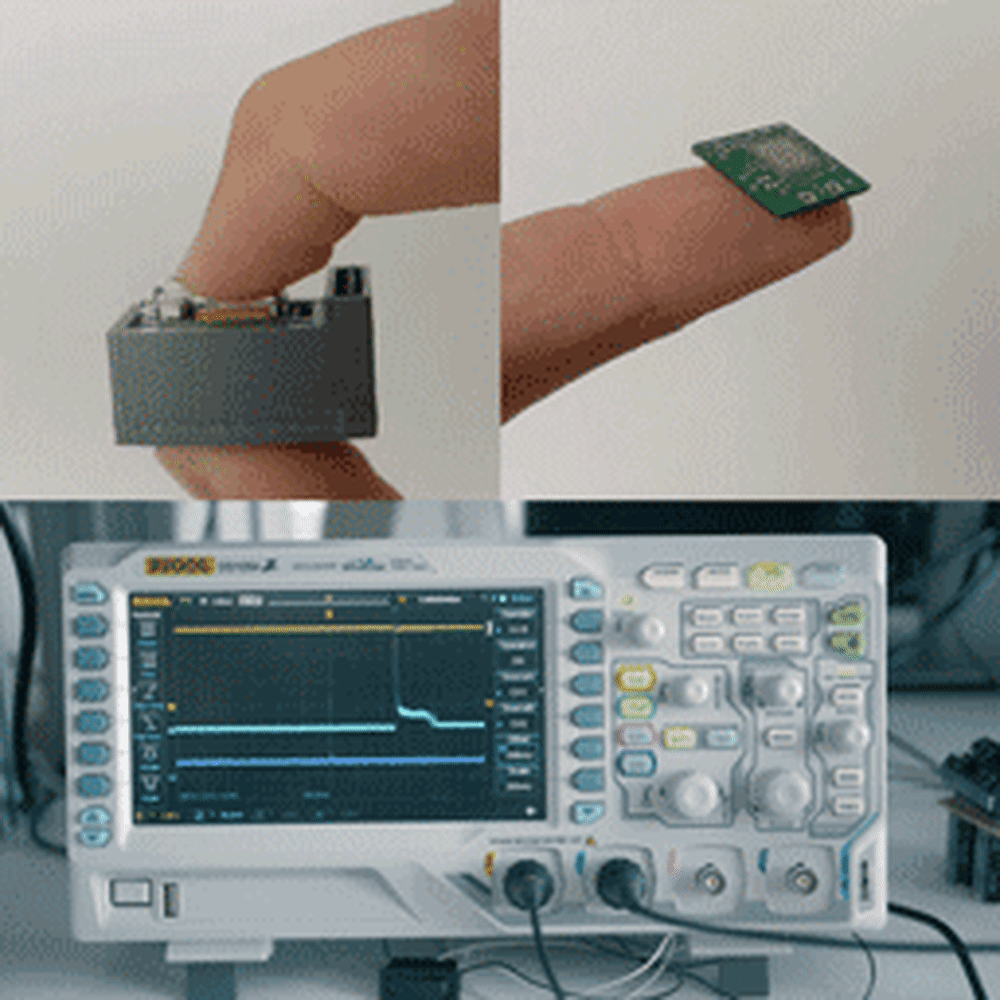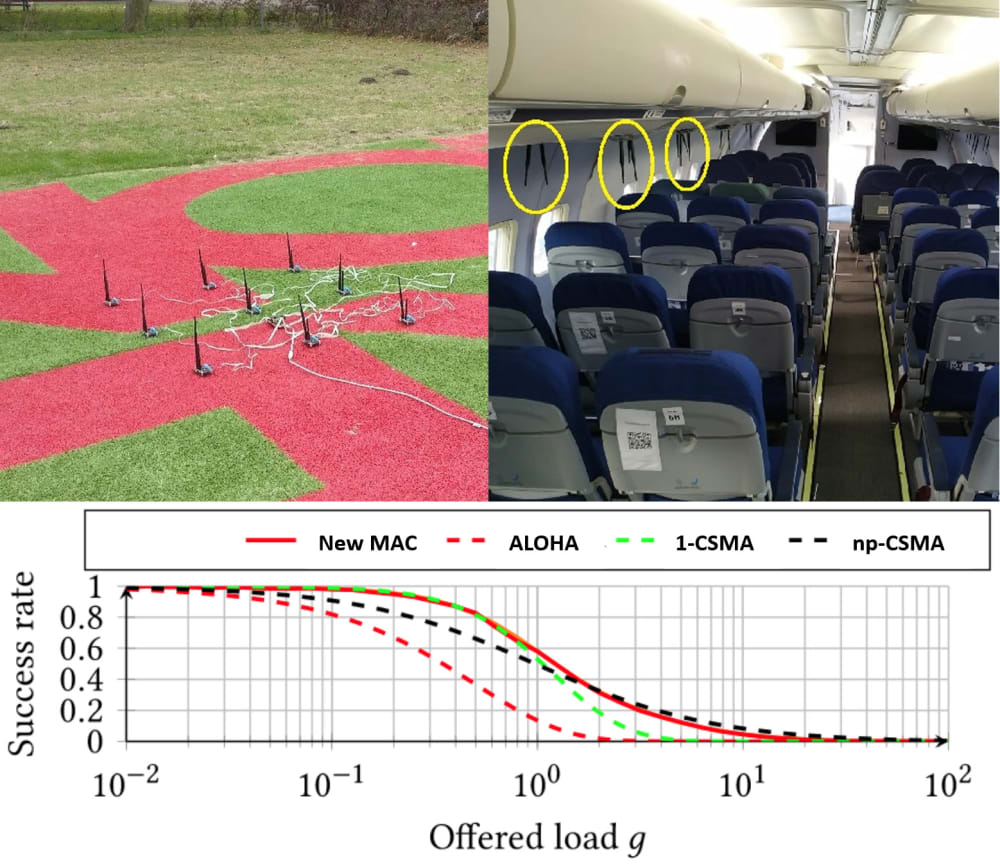

Innovation and Applications
We are at the peak of the digitalization age which is making our surroundings smarter every day. There are many initiatives to make the buildings, vehicles, cities, etc., smart. However, we believe that better than making things smart, we need to make them sustainable, since sustainable things are inherently SMARTER.
Internet of Things (IoT) is becoming pervasive in many strata of our life. However, more than 80% of these IoT devices are battery-operated. Imagine making, maintaining, and recycling billions of batteries and their effect on the environment.
We are ZED -- Zero Energy Development -- building zero energy devices that are self-sustainable and need no batteries or wires to operate. Our devices are powered by harvesting the ambient energy from their surroundings, e.g. RF, mechanical, solar, or temperature gradients. We work around the limitations to enable large-scale implementation of batteryless devices. Indeed thousands of these IoT sensors last forever thus saving money and time by avoiding the maintenance of batteries or building wired systems.
More often, the energy harvesting possibility and sensing are intertwined – the opening of a door generates energy but it is the same event that is required for smart lighting! Other applications ZED focuses on include the extreme scenarios where batteries and wires can simply not be used, for example, inside tires. Such deploy-and-forget sensors enable us to explore new IoT applications which are currently constrained by batteries and/or difficulty in scaling.
ZED Technology
While energy harvesting removes the need for batteries and wires, it comes with its own set of complications. Energy harvesting devices are often extremely energy-deprived, generating a minimum amount of energy, barely enough to function. This results in challenging design constraints, wherein at every design step the energy usage needs to be kept in check. There have not been any large-scale energy-harvesting sensor network deployments within the industry. Apart from the stochastic nature of energy harvesting, the wireless radio is the most power-consuming sub-system and reliable communication is a huge challenge. We address these issues as well as the coexistence of multiple such devices and work without counteracting.
Our Energy harvesting IoT-device (Fig.1) works with as low as 100µJoules energy (single press of a switch generates 200µJoules). It is challenging to detect/sense, process, and transmit with this energy. The transmission range can be 100meters at 200kbps bitrate and 10meters at 1Mbps using our proprietary protocol. The operating frequency is tunable up to 1GHz. The weight of the device excluding the harvester is just a few grams. The size of our system is 10mmX10mm and costs less than $10 US.
Our IoT-device has been extensively tested for scalability as to what happens when many such devices operate nearly at the same time. We have designed and tested carrier sensing within 200µJoules energy to make the devices smart to cooperate amongst themselves (Fig.2). The use cases are endless and one such case is shown in Fig.3 showing a batteryless and wireless attendant-call-button .
A simple design, thousands of applications!
Video
-
Awards
-
 2021 Electronics/Sensors/IoT Honorable Mention
2021 Electronics/Sensors/IoT Honorable Mention -
 2021 Top 100 Entries
2021 Top 100 Entries
Like this entry?
-
About the Entrant
- Name:Niels Hokke
- Type of entry:teamTeam members:Niels Hokke
Suryansh Sharma
Sujay Narayana
R.R Venkatesha Prasad
Josine van der Velde - Software used for this entry:PSpice
- Patent status:pending








